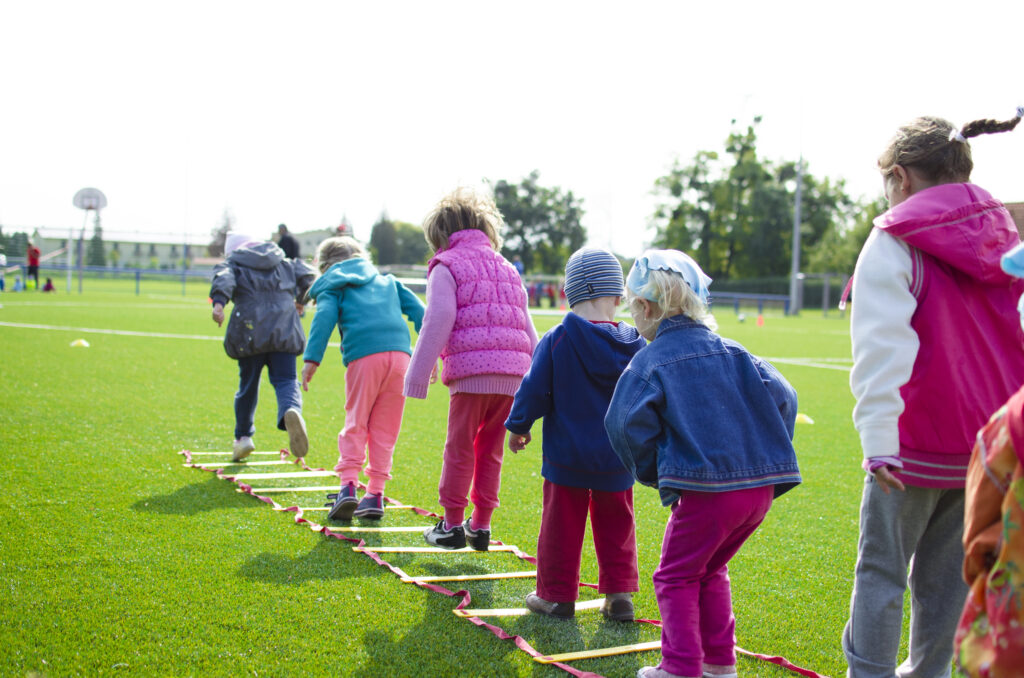Strategies for Coaching Youth of Different Ages in Youth Sports
Coach “What to Do” vs. “What Not to Do”
An occupational hazard of coaching is the emphasis on recognizing errors and mistakes. Effective coaches quickly learn that simply telling an athlete how to perform the idealized correct technique is not sufficient to improve the athlete’s skills. They must be able to identify what specific errors are preventing the athlete from performing successfully and give the athlete a strategy for making corrections. Saying “Don’t bend your knees,” to a diver or “Don’t overthrow your receivers,” to a quarterback tells the athlete what they have done wrong but does not provide them with information on how to correct their errors. On the other hand, saying “Tighten your thigh muscles,” or “Throw the ball chest high while leading the receiver,” tells the athlete what to do.
Age-Appropriate Communication About Errors
Correcting errors can be intertwined with praise and support in different ways for athletes at different stages of maturity. With the very young, success can be defined so broadly that no child fails. With elementary and middle school age children, criticism can be sandwiched between statements of praise and encouragement. With teens and adults, criticisms can be quite direct but be followed by statements of support.
For very young children from pre-school to 2nd grade: Use a Movement Education Approach where tasks or instructions are designed so that virtually all the youngsters can accomplish the assignment successfully (e.g., “How many sides of your foot can you use to dribble the soccer ball?”). Whether the child gives only one answer or many, the task can be successfully performed and thus becomes praiseworthy. With this method, no one fails. This approach is rarely appropriate in older children who would quickly note the differences in performance between children of differing abilities.
For late elementary school and middle school: Use the Sandwich Approach. Criticism and/or technical instruction is sandwiched between two positive statements. For example, note a praiseworthy behavior, such as effort. “Good effort!” Then inject the technical criticism, coaching “what to do” as opposed to “what not to do.” “Next time, follow the ball all the way into your hands to make the catch.” Follow the technical correction immediately with a future oriented statement of support. “Try again. I know you can do it.” Thus, the technique is a “+, –, +” sequence. While this technique can be used with any age, skill, or maturity level1, with more sophisticated athletes, a steady diet of sandwiches results in the initial positive statement becoming a cue for the ensuing technical instruction and/or a criticism. Older athletes then begin to discount the initial praise as they anticipate the correction.
For older athletes (late middle school and high school): Use Supportive Truths. Athletes who are capable of adult-like judgments prefer coaches who get right to the point. Point out the error and then provide a future oriented statement of support. “You are reacting late to the batted ball. Stay on the balls of your feet and anticipate a hit when the batter swings the bat.” This technique is most appropriate with athletes who already know they have made a mistake but may not be aware of how to correct it.
1 John Wooden, who won an unprecedented ten NCAA Division I basketball championships in a row, used this technique regularly with collegiate athletes.
